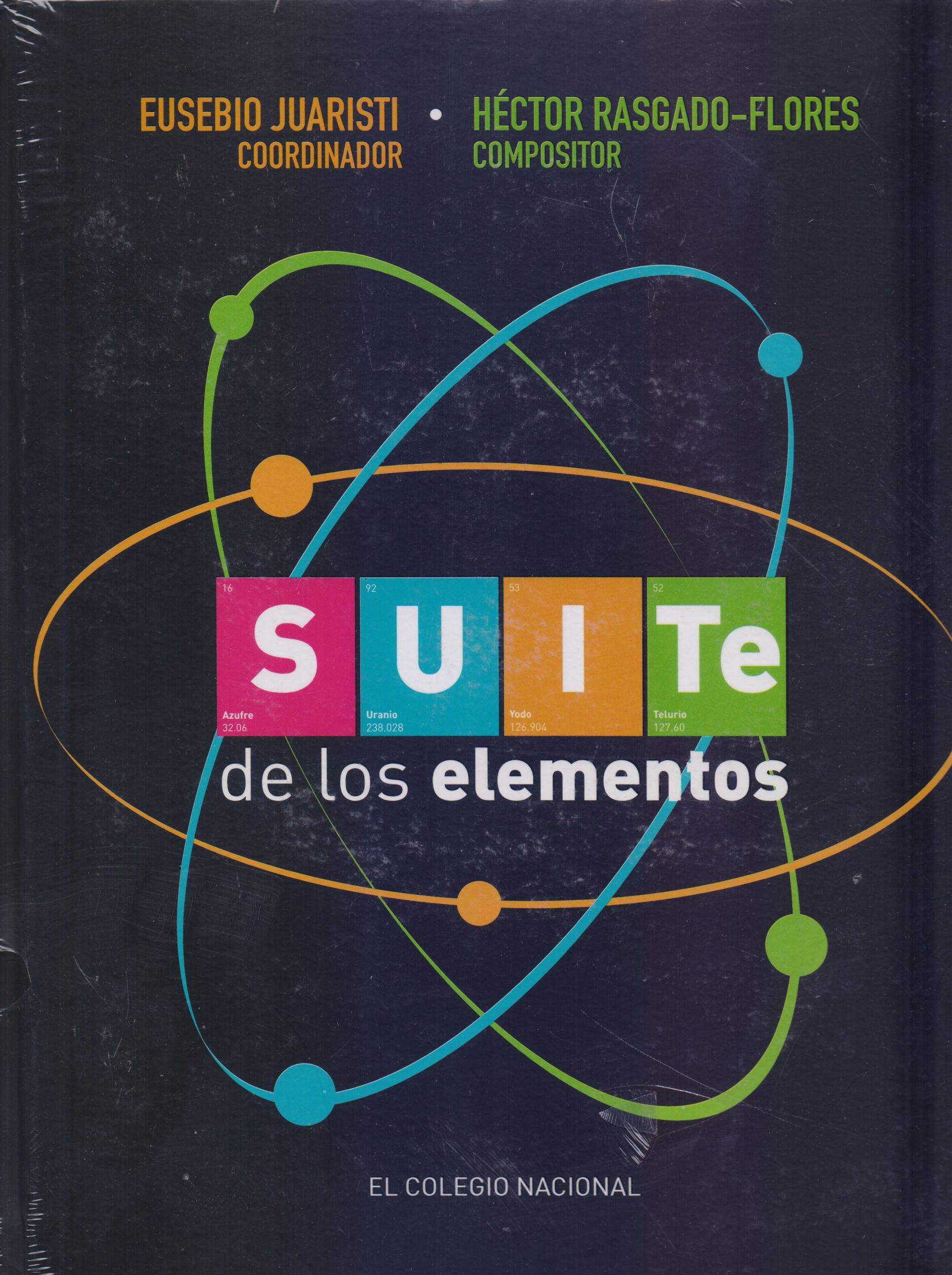Libros relacionados
 |
Génesis de la Desorientación Moderna: una Aproximacióm a la Relación Histórica E Talancón E. , José Luis Universidad Nacional Autonoma de Mexico |
 |
<<planos Geognósticos de los Alpes, la Suiza y el Tirol>> Los: de Carlos de Gimb Parra del Río, María Dolores Doce Calles |
 |
Computational Methods For Integrating Vision And Language Barnard, Kobus Morgan & Claypool Publishers |
 |
Datacenter Design And Management: A Computer Architect's Perspective C. Lee, Benjamin Morgan & Claypool Publishers |


|
Título: Participatory It Design. Designing For Business And Workplace Realities | |
| Autor: Bodker Keld, Kensing Finn, Simonsen Jesper | Precio: $364.00 | |
| Editorial: The Mit Press | Año: 2009 | |
| Tema: Ciencia, Computacion | Edición: 1ª | |
| Sinopsis | ISBN: 9780262512442 | |
| The goal of participatory IT design is to set sensible, general, and workable guidelines for the introduction of new information technology systems into an organization. Reflecting the latest systems-development research, this book encourages a business- oriented and socially sensitive approach that takes into consideration the specific organizational context as well as first-hand knowledge of users' work practices and allows all stakeholders_users, management, and staff_to participate in the process. Participatory IT Design is a guide to the theory and practice of this process that can be used as a reference work by IT professionals and as a textbook for classes in information technology at introductory through advanced levels. Drawing on the work of a ten-year research program in which the authors worked with Danish and American companies, the book offers a framework for carrying out IT design projects as well as case studies that stand as examples of the process.
The method presented in Participatory IT Design_known as the MUST method, after a Danish acronym for theories and methods of initial analysis and design activities_was developed and tested in thirteen industrial design projects for companies and organizations that included an American airline, a multinational pharmaceutical company, a national broadcasting corporation, a multinational software house, and American and Danish universities. The first part of the book introduces the concepts and guidelines on which the method is based, while the second and third parts are designed as a practical toolbox for utilizing the MUST method. Part II describes the four phases of a design project_initiation, in-line analysis, in-depth analysis, and innovation. Part III explains the method's sixteen techniques and related representation tools, offering first an overview and then specific descriptions of each in separate sections. |
||
Librería Bonilla SA de CV © Todos los derechos reservados. 2019
Última actualización: Jul 2019






